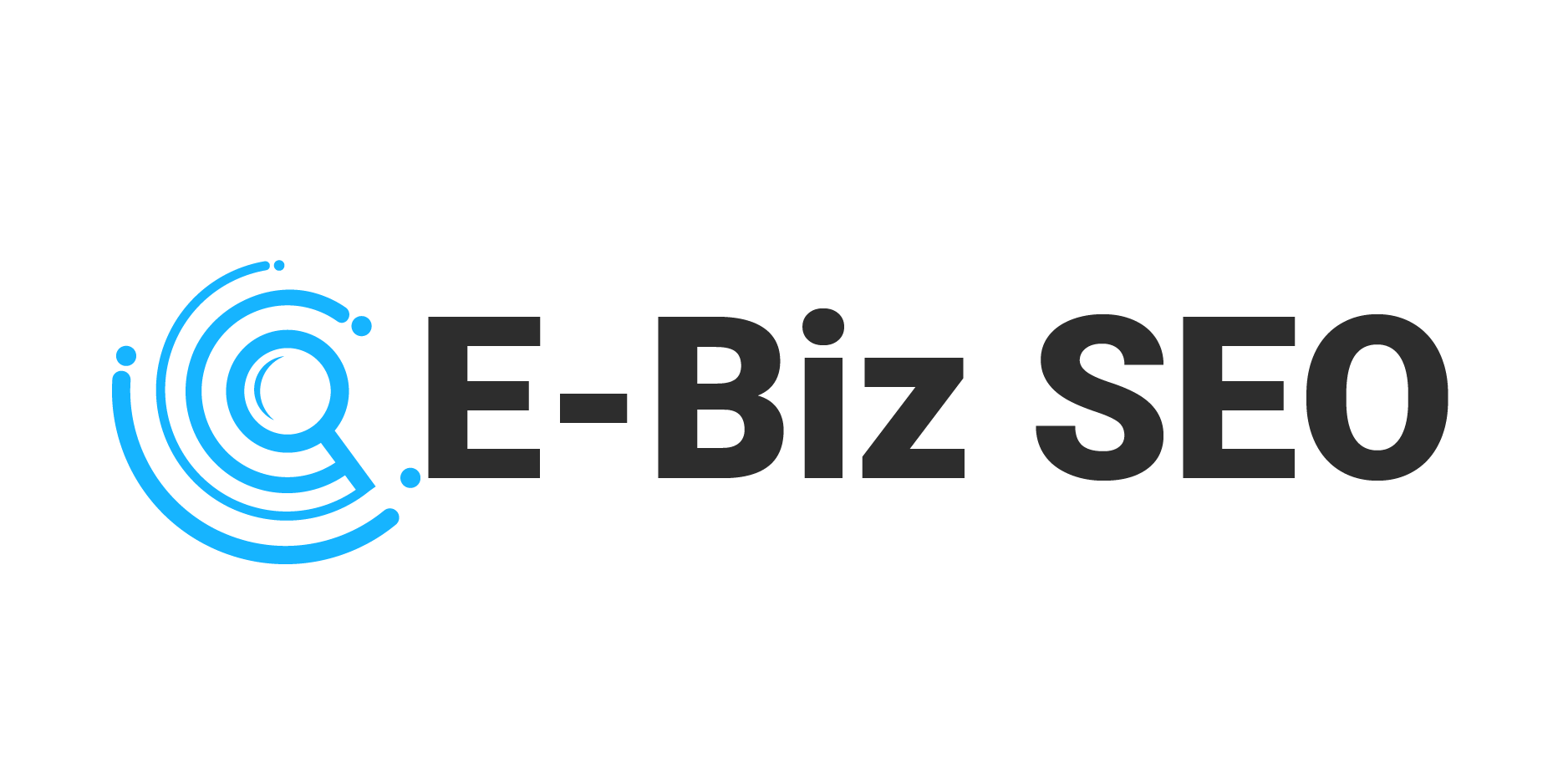
The Ultimate SEO Guide: What Business Owners Need to Know in 2024
December 4, 2024
The internet has become the primary point of customer discovery, having a profound influence on business growth. Almost 93% of online experiences begin with search engines and about 75% of users do not scroll past the first page of search results. The key takeaway – superior positioning in search rankings directly affects your digital visibility, online presence and consequently, patron engagement. This guide intends to delve into this digital phenomenon, known as Search Engine Optimization or SEO, and present why and how business owners should leverage SEO for boosting website traffic, bolstering customer acquisition, excelling in local search optimization, and increasing Return on Investment (ROI).
The Business Case for SEO
Studies reveal that SEO’s close rate is 14.6%, significantly higher compared to the 1.7% close rate of traditional outbound methods. Improved search rankings have a contiguous effect on your website traffic and lead generation. To understand this better, let’s look at the impressive transformation of small business, Crazy Egg’s online presence. After optimizing their website, they witnessed a 363% rise in organic traffic, 59% increase in keywords driving traffic and a remarkable 142% increase in the revenues, providing a massive ROI.
Takeaway: SEO provides a solid, measurable return on investment.
Core Components of Modern SEO
Modern SEO involves a multifaceted strategy that bolsters your online visibility. Core components include keyword research, high-quality content creation, link building, social media integration, and website optimization. For instance, SalesForce, a major player in the CRM market, amplified its digital presence by blogging consistently, sharing SEO-optimized, high-quality content, and addressing common user queries about their products.
Takeaway: SEO isn’t a one-time activity, but a comprehensive, ongoing strategy.
Practical Implementation Steps
- Keyword Research: Identify what your potential customers are searching for.
- Content Creation: Produce relevant, high-quality content to answer these queries.
- On-Page SEO: Optimize your content and HTML tags.
- Off-Page SEO: Build backlinks and grow your online presence across various platforms.
- Analytics: Track metrics and make improvements based on data.
A great example here is Zappos, the online shoe retailer. They used these steps effectively, optimizing their product pages with long-tail keywords, providing in-depth product details, user reviews, and even videos – all enhancing customer experience while boosting their search rankings.
Takeaway: Successful SEO implementation revolves around creating and optimizing customer-centric content.
Common Pitfalls and Solutions
Not seeing instant results and using black-hat SEO techniques are some of the common mistakes. For instance, JC Penney, a major retailer, experienced a steep fall in search rankings due to unnatural linking practices, a black-hat SEO technique. The solution lies in a patient and ethical approach, focusing on creating value for users.
Takeaway: SEO is a long-term investment, requiring patience, consistency, and ethical practices.
Measuring SEO Success
Use tools like Google Analytics to track relevant metrics such as organic traffic, bounce rate, conversion rate, and ROI. Australian sleep company, Ergoflex, adopted an effective SEO strategy and saw a 63.7% increase in revenue traced directly to organic traffic within 4 months.
Takeaway: Regularly tracking and analysing key metrics is paramount for SEO success.
Remember, as a business owner, adopting SEO is not about randomly investing time and resources. It’s about devising an informed, metrics-driven strategy that boosts your digital visibility, driving superior business growth. Ready to kickstart your SEO journey? Reach out to an accredited SEO professional today.
